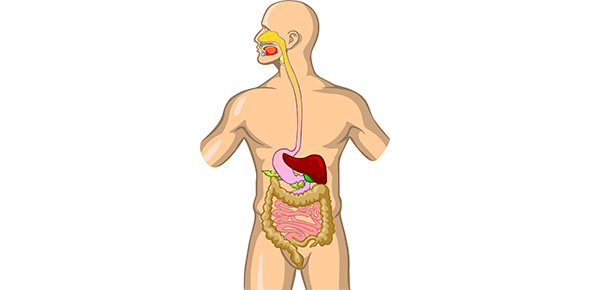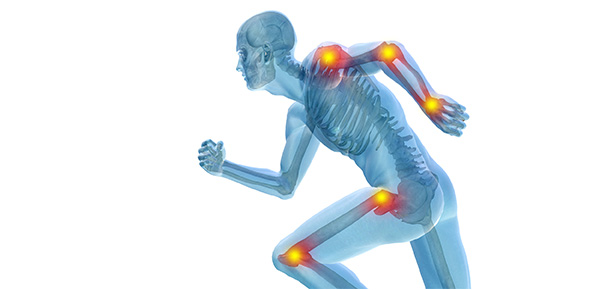Related Flashcards
Cards In This Set
| Front | Back |
|
What is the purpose of dehyration? What happens if a specimen is left too long in the dehydrating agent?
|
To remove only the FREE water; if left too long, bound water gets removed as well and the tissue gets too hard.
|
|
What are some examples of dehydrating agents?
|
Ethanol, methanol, isopropanol, acetone, universal agents
|
|
What are some examples of clearing agents?
|
Xylene, Benzene, Chloroform, natural agents (essential oils, limonene)
|
|
What is the approximate melting point of paraffin? What is the temp of the melting bath?
|
56 - 58 degrees; few degrees higher (SMH used 60)
|
|
What are some examples of decalcifying agents?
|
Nitric acid, formic acid, HCl, EDTA
|
|
When would you use an aqueous mounting medium?
|
Used for fat stains (Oil Red O); impermanent; doesn't harden
|
|
List some changes that occur when tissues are not fixed fast enough?
|
Eosinophilia, cellular swelling, glycogen disappears, microvilli & cilia lost, desquamation, nuclear changes/disintegration, autolysis, putrefaction
|
|
What is the difference between an additive fixative & a non-additive fixative? Give examples of each.
|
Additive: the fixative binds to the protein rendering it insoluble; (FDOG: formalin, dichromates, osmium tetroxide, glutaraldehyde)
Non-additive: the fixative does not bind to the protein! (acetone and alcohols) |
|
What is the difference between a coagulant fixative & a non-coagulant fixative? Give examples of each.
|
A coagulant fixes the tissue into an OPEN network which allows for easy penetration/subsequent processing; Examples: alcohol, picric acid, chromium, mercuric chloride
A non-coagulant fixes the tissue into a dense gel; Examples FDOG: formalin, dichromates, osmium tetroxide, glutaraldehyde |
|
What % of formaldehyde is present in 100% formalin? What % formalin is used as a "working solution" in the lab?
|
37% formaldehyde in 100% formalin.
We use a 1:10 (10%) working solution; this would contain 3.7% formaldehyde. |
|
How can paraformaldehyde precipitate formation be removed/reversed? How can it be prevented?
|
Reverse with heat, or prevent by adding methanol.
|
|
How can formalin pigment be removed? What types of tissues would it be seen in?
|
Remove by adding alcoholic picric acid
Seen in bloody tissues. |
|
What are the 2 steps of formaldehyde fixation? (organic chem!)
|
Hemiacetal formation & methylene bridge formation
|
|
Which fixatives make lipids insoluble?
|
Potassium dichromate and osmium tetroxide
|
|
Why is acetic acid added to some fixatives?
|
It precipitates nucleic acids to improve nuclear detail
|








